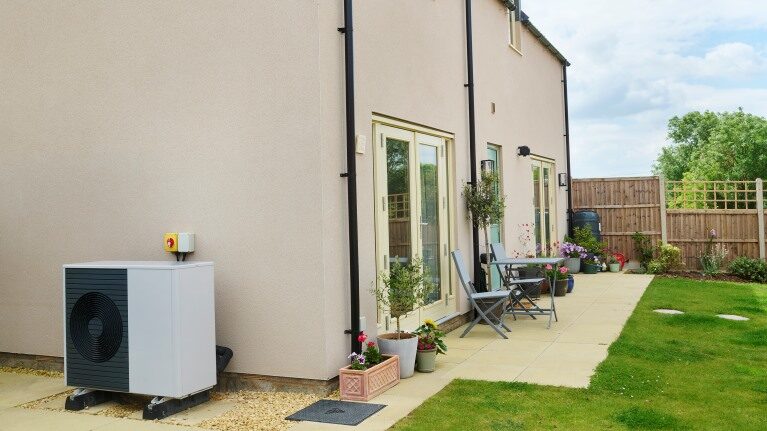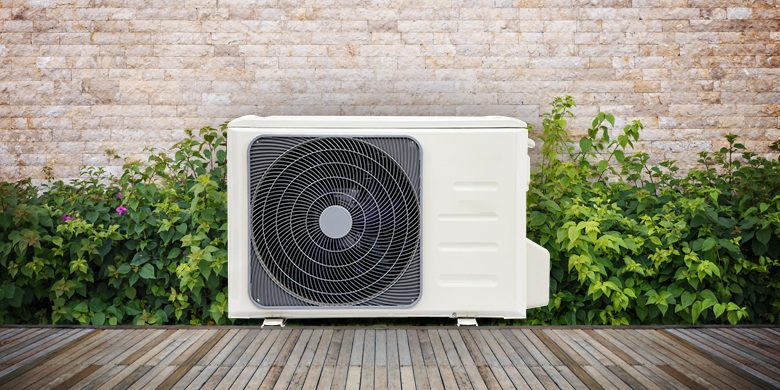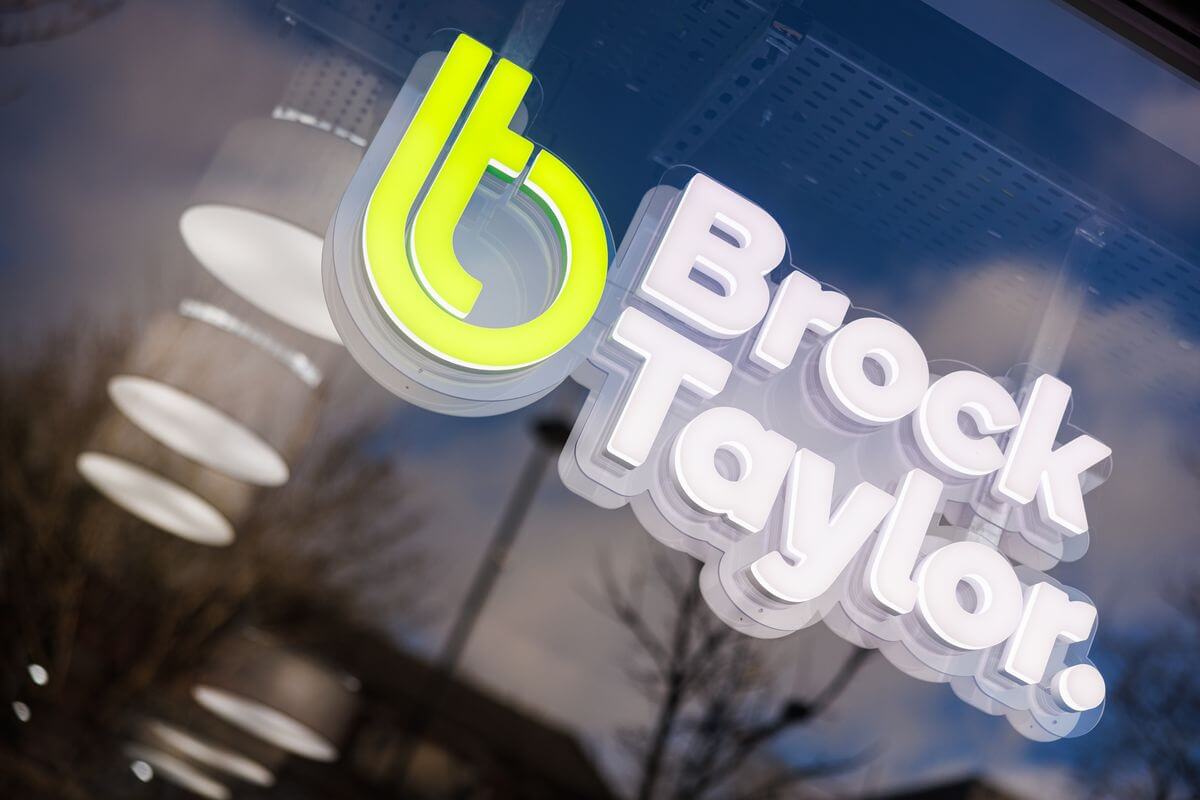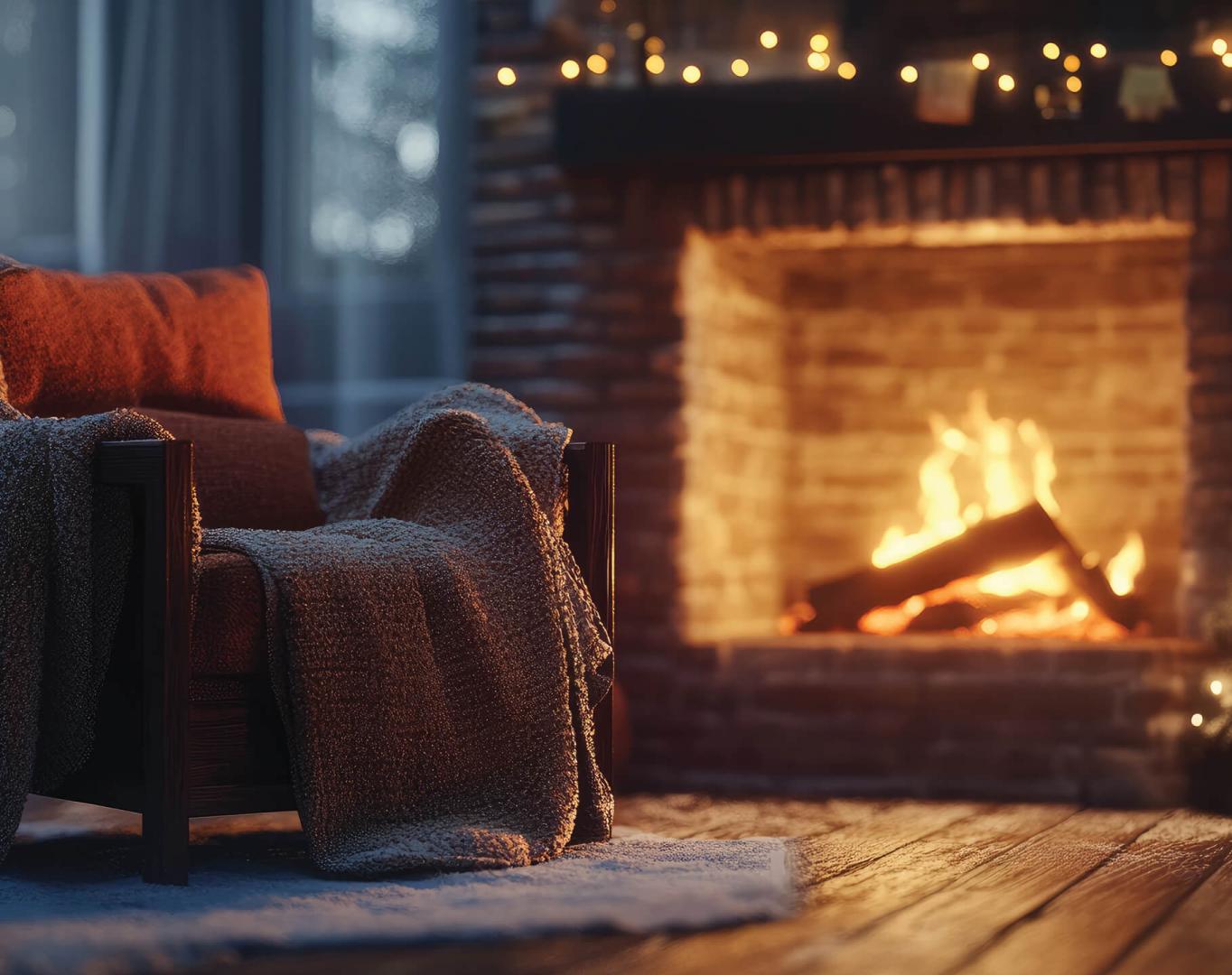It’s hoped that in the future, carbon-free heat pumps will be the norm when it comes to heating our homes.
But if you’ve ever chatted about this new kind of green tech with a friend or neighbour, chances are one of the following misconceptions will have cropped up at some point, which may have even put you off the idea of installing a heat pump altogether.
We asked thousands of home-owners in our recent survey whether they were considering swapping their gas boiler for a heat pump, and 90% of them said they weren’t considering making the switch. Plus, the uptake of the boiler upgrade scheme has been lower than expected, reaching just half of the projected volumes by the end of 2023.

1. Heat pumps are noisy
Probably one of the most widespread misconceptions about low carbon heating systems is that they make a lot of noise. While they do make some noise – much like lots of other household appliances, including gas boilers – the noise they give off is more like a dishwasher, rather than a volume that’s going to cause disruption. It’s also worth remembering that they’re positioned outside, so it’s unlikely you’d be able to hear it while you’re in your home.
Octopus Energy’s heat pump expert, Ben Palmer, says: “The noise a heat pump gives off is pretty unnoticeable, unless you’re right next to it. Modern heat pump designs operate at a noise level that is considerably lower than permitted development in residential areas. The reality is, the ambient noise you’ll find in many neighbourhoods – such as traffic noise – is often considerably louder than what you’d get from a heat pump.”
2. You need lots of space for a heat pump, and you can’t get one if you live in a flat or a terraced house
It’s true that you do need the space to install a heat pump, just like you’d need space to install a gas boiler. You’ll need space outside for the heat pump itself – somewhere you could easily fit a wheelie bin for example – and somewhere inside for a hot water cylinder, if you don’t have one already.
Ben says: “Many terraced houses are able to have heat pumps fitted in locations such as the front or back wall, or other areas of garden space.
“Installing a heat pump in a flat is a different challenge, but again this is purely down to space requirements, as many flats don’t have any outdoor space whatsoever. In these cases, options include larger communal heat pumps that can be used to heat multiple flats in a block, installed in an area where there’s space for it, such as a communal garden. There are other low-carbon heating systems available which could be an option if you live in a flat, including smaller air conditioning units that also have heat settings. But, how to enable these homes to become heat pump-ready is a bigger challenge for the industry to overcome”, he adds.
3. Water from my taps will be lukewarm
Heat pumps typically heat water to around 48 degrees, which is industry standard for domestic usage – and a temperature that’s definitely defined as ‘hot’ rather than lukewarm. They can heat the water to higher temperatures if you want, but you’ll just end up mixing it with cold water so you don’t scald yourself.
Hot water is stored in a cylinder ready to supply taps and showers with instant hot water, rather than waiting for a boiler to fire up, and run hot. Usually, the size of the water cylinder installed will be chosen to accommodate the size of the home and the number of people living there, to make sure there’s hot water on demand.
4. Heat pumps stop working when it gets really cold
Another common myth about heat pumps is that they stop working when it gets really cold outside. Just like any heating system, it’ll work harder when it’s cold, but a heat pump should cope easily in a typical UK winter.
Heat pumps can function effectively in temperatures as low as -20 degrees Celcius – and we get nowhere near that in almost all parts of the UK, even in a particularly cold snap. In fact, the coldest ever recorded temperature in London is -16 degrees Celsius, back in 1962. In many parts of Scandinavia – which experience much colder temperatures than we see in the UK – heat pumps are the most commonly used heating system.
5. Heat pumps are too expensive to install
The average gas boiler (for the device itself and the installation) costs around £3,700 according to Energy Saving Trust. In contrast, the average cost of an air source heat pump is around £14,000. The average lifespan of a gas boiler is 10-15 years, compared to around 20 years for a heat pump.
But, it’s important to note that, unlike gas boilers, there are grants of up to £7,500 available through the Boiler Upgrade Scheme, or the Home Energy Scotland grant if you live in Scotland, to help towards the cost of installing a new low carbon heating system.
Ben says: “Using the current government incentive, many homes may find they can get a full heat pump system installed from as little as £500, which is far less than even the cheapest gas boiler install. Better still, most installers will claim the grant directly on behalf of the customer, so the upfront cost stays low. As low carbon heating becomes more common and installation becomes more streamlined, the cost of installing a heat pump will hopefully continue to drop.”
6. Heat pumps are expensive to maintain
While a heat pump has an annual service – similar to the service you’d get for a gas boiler – heat pump maintenance is about the same as for gas boilers. Also, while a gas boiler service is much about safety, due to the risk of carbon monoxide exposure, a heat pump service is more about making sure it’s running as efficiently as possible, and saving you money on your energy bills.
7. Heat pumps can only be installed in new homes
Good news – almost any home can have a heat pump installed. Regardless of age, size, or how well insulated the home is (although better insulation does lead to better efficiency).
Ben says: “The ability to install a heat pump isn’t actually related to property age, but instead by the ‘heat loss’ of the property. In short, the ability to heat each room in a house to a set temperature. As long as the heat loss can be met by the output of the heat pump, your home will be a candidate for having a heat pump installed.
“In some cases, there may be upgrades needed to radiators or pipework, but these things are to make the heat pump work in the best way for your home”, he adds.
8. Electricity is more expensive than gas, so heat pumps are more expensive to run than gas boilers
The truth is that heat some heat pump installations perform a lot better than others, and the better your heat pump installation the more likely you are to save money if you switch from gas.
Energy Saving Trust have calculated how much you could save by switching to a well-designed system, based on field trial results of actual heat pump performance in UK homes:
Quality of installation | Annual bill saving |
Low-performing system | £2 |
Medium-performing system | £85 |
High performing system | £170 |
Figures are for a typical gas heated 3 bedroom semi-detached house, assuming the household stops paying a gas standing charge after installation, with an electricity price of 22.4 p/kWh and a gas price of 5.5 p/kWh – accurate as of July 2024.
In short, a system that runs efficiently can mean significant cuts to your heating bill.
9. I’ll need to update all my radiators and get new insulation before switching to a heat pump
It’s true that if you have no or poor insulation, a heat pump will cost more to run than it would in a well-insulated home. Because heat loss will be a big factor in deciding the size of heat pump you’ll need, upgrading insulation can mean you’ll end up needing a smaller, and therefore cheaper, heat pump. Which is likely where the misconception that you need to update insulation has come from. But you don’t have to do it – it’s just a good idea to do it first if you can.
Now to radiators. Because heat pumps operate at lower temperatures than gas boilers, their heat output is lower. Which is why some radiator upgrades may be needed to provide the heat output to match the heat loss in some rooms.
Your installer will tell you which radiators they suggest should be replaced. You don’t have to replace them, but if you do you’re well on the way to ensuring you get a high performing system.
“As more high-temperature heat pumps become available, more people will be able to keep their existing radiators when they switch to a heat pump, because the radiators are designed to operate at higher temperatures. Either way, it’s very unlikely that you’ll need to replace every radiator when switching to a heat pump”, Ben adds.
10. My heat pump will need to stay on all the time
A heat pump will run when there is demand for heating and hot water, but it doesn’t need to be on all the time. One thing to consider though, is that if your heat pump is off for a long period and your home gets really cold, it may take longer to heat up again than if you were heating it with a gas boiler. This is because the heat pump should be set up to run at a lower output for a longer time compared to a gas boiler. That’s the second thing you need to do to get into the “high-performing” band.
Ben says: “A heat pump differs from a gas boiler in that you don’t get the hot/not hot dynamic that kicks in when it’s cold, as you do with a gas boiler. In contrast, heat pumps create a lovely consistent heat throughout the home, which will remain steady over the course of the day”.
Heat pumps also come with smart controls, meaning they adapt automatically to changes in outside temperature, and you can have full control over them (and whether they’re on or off) via a mobile app.
All information provided by Rightmove


 By
By 

 By
By 
Share this with
Email
Facebook
Messenger
Twitter
Pinterest
LinkedIn
Copy this link